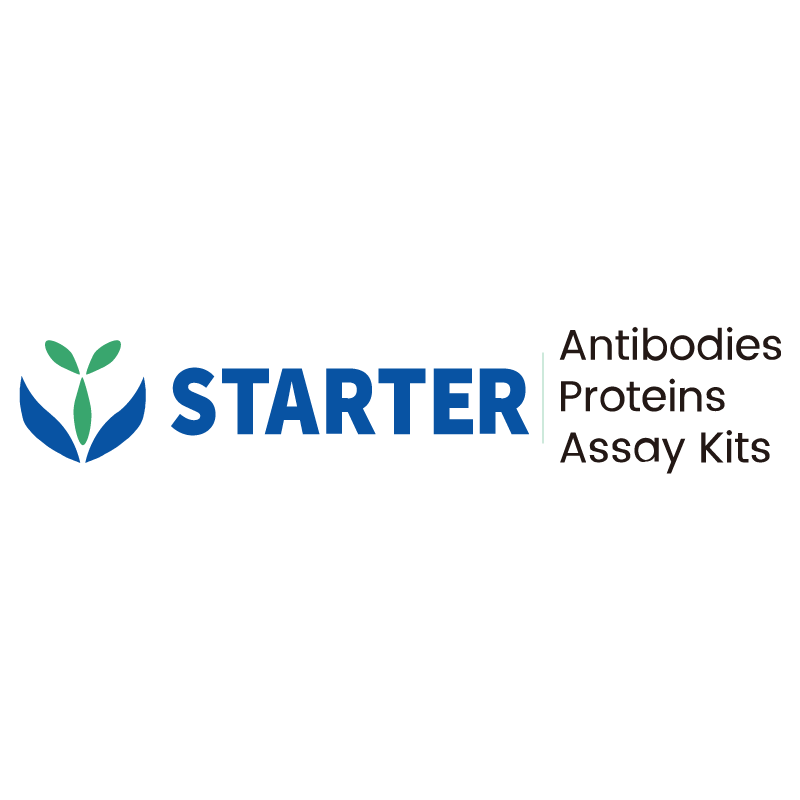Flow cytometric analysis of Rat CD62L expression on Lewis Rat splenocytes. Lewis Rat splenocytes were stained with Brilliant Violet 605™ Mouse Anti-Rat CD3 Antibody and either FITC Mouse IgG1, κ Isotype Control (Left panel) or SDT FITC Mouse Anti-Rat CD62L Antibody (Right panel) at 5μl/test. Flow cytometry and data analysis were performed using BD FACSymphony™ A1 and FlowJo™ software.
Product Details
Product Details
Product Specification
| Host | Mouse |
| Antigen | CD62L |
| Synonyms | L-selectin; CD62 antigen-like family member L; Leukocyte adhesion molecule 1 (LAM-1); Leukocyte-endothelial cell adhesion molecule 1 (LECAM1); Lymph node homing receptor; Lymphocyte antigen 22 (Ly-22); Lymphocyte surface MEL-14 antigen; Lnhr; Ly-22; Sell |
| Location | Cell membrane |
| Accession | P30836 |
| Clone Number | S-R605 |
| Antibody Type | Mouse mAb |
| Isotype | IgG1,k |
| Application | FCM |
| Reactivity | Rt |
| Positive Sample | Lewis Rat splenocytes |
| Purification | Protein G |
| Concentration | 0.05mg/ml |
| Conjugation | FITC |
| Physical Appearance | Liquid |
| Storage Buffer | PBS, 25% Glycerol, 1% BSA, 0.3% Proclin 300 |
| Stability & Storage | 12 months from date of receipt / reconstitution, 2 to 8 °C as supplied. |
Dilution
| application | dilution | species |
| FCM | 5μl per million cells in 100μl volume | Rt |
Background
CD62L, also known as L-selectin, is a type I transmembrane glycoprotein and a member of the selectin family of adhesion molecules, primarily expressed on the surface of most circulating leukocytes, including T cells, B cells, and natural killer cells. It plays a crucial role in leukocyte homing and migration, particularly in facilitating the entry of lymphocytes into lymph nodes via high endothelial venules (HEVs) under non-activated conditions. CD62L mediates the initial rolling of leukocytes on endothelial cells, a critical step in the recruitment of immune cells to sites of inflammation. Additionally, CD62L is a phenotypic marker for central memory T cells, which have the ability to rapidly re-localize to lymphoid tissues upon antigen re-exposure.
Picture
Picture
FC


